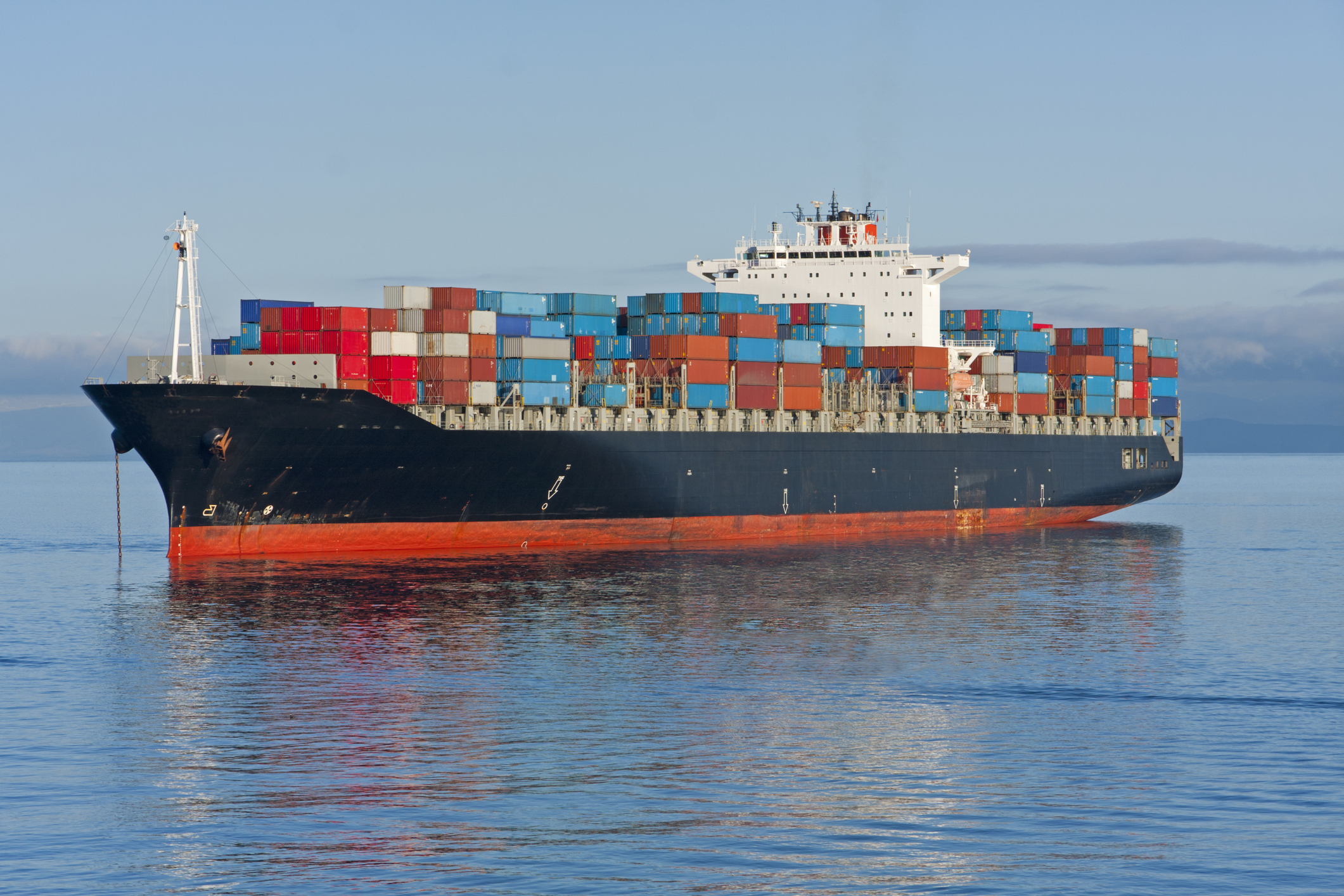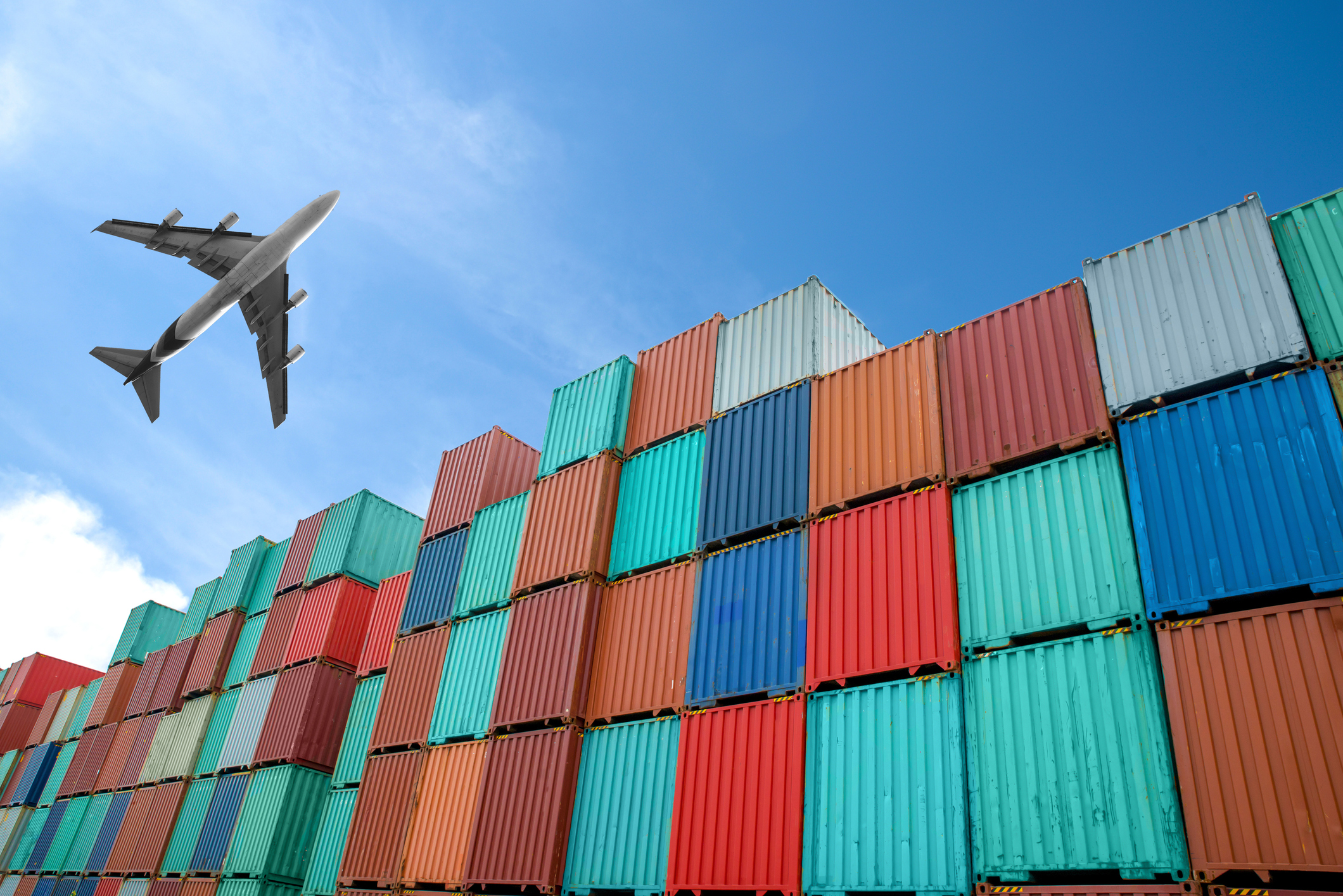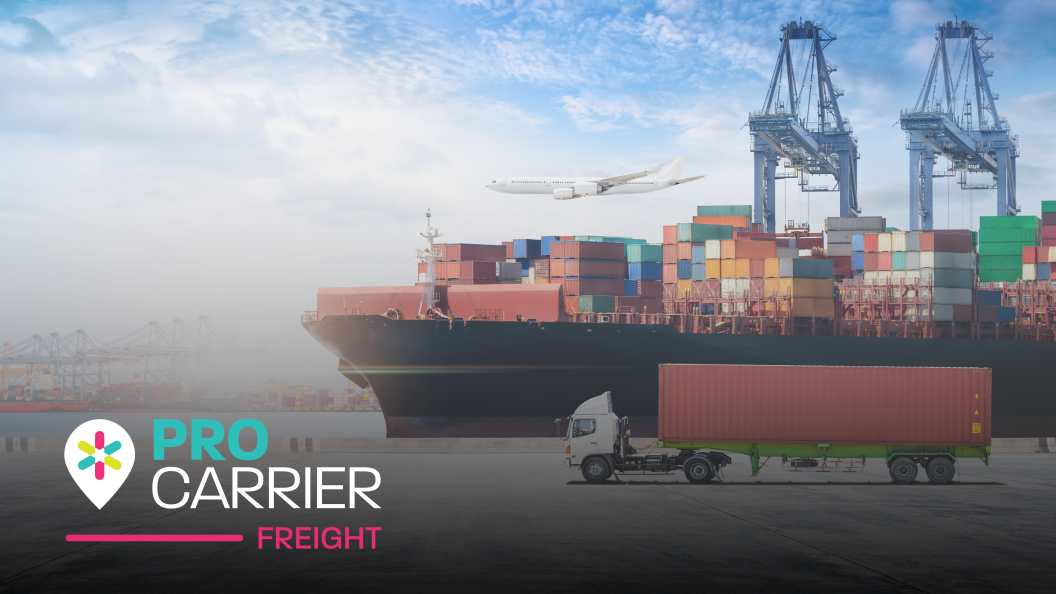Topic of the week: US Tariffs on Global Parcel Shipments: What You Need to Know
The US Customs and Border Protection agency has started collecting full duties on global parcel shipments, effective August 29. This marks the end of the de minimis exemption for packages valued under £800. A six-month transition period has been implemented, allowing postal service shippers to opt for a flat duty rate of £80-£200 per package depending on the country of origin.
The de minimis exemption was previously in place since 1938 and was raised from £200 to £800 in 2015. The Trump administration has stated that the exemption allowed fentanyl and its precursors to flow into the US, and the number of packages claiming the exemption increased significantly from 139m in fiscal 2015 to 1.36bn in fiscal 2024. The new tariff rates will apply to all packages shipped by express carriers such as FedEx, United Parcel Service, and DHL.
Foreign postal agencies can choose to collect and process duties based on the value of the package contents or opt for the flat rate method. The change is expected to affect supply chain models and increase costs for businesses. Key takeaways for the freight market include the official end of the de minimis exemption, the implementation of normal duty rates on all global parcel imports, and the transition period allowing for flat duty rates.
The change is expected to have an impact on the freight market, and it will be important to monitor developments and adjust strategies accordingly. Some of the key implications of this change include increased costs for businesses, disruption to supply chains, changes to shipping strategies, and an impact on e-commerce. Businesses may need to adjust their shipping strategies to account for the new tariff rates, which could include using alternative shipping methods or negotiating with suppliers.
It is also important to note that the UK, Canada, and Ukraine have confirmed that their shipments are continuing, and the administration is working with foreign partners and the US Postal Service to minimize disruptions. However, some foreign postal services have suspended mail to the US, and it is unclear how this will affect the flow of goods. As the situation develops, it will be important for businesses to stay informed and adapt to the changing landscape.
Sea:
- Over the last two weeks China/East Asia to North America West Coast spot rates have decreased by 17.7% from $2,119/FEU to $2,744/FEU according to Freightos data.
- China/East Asia to North America East Coast spot rates have fallen over the last two weeks, decreasing by 23.5% to $2,733/FEU.
- Global container spot prices have fallen over the last two weeks, and are now sitting at $1,959/FEU, a 11% decrease over the last two weeks and a 63.2% decrease from spot rates this time in 2024 according to the Freightos Baltic Index (FBX)

Air:
- Global Air Freight spot rates currently sit at $2.28, as rates continue to fluctuate according to the Freightos Air Freight Index (FAX)
- Europe to Northern America spot rates currently sit at $1.72 (100-3000kg), says FAX, decreasing by 2.3%.
- Europe to Asia, Greater China spot rates currently sit at $1.15 (100-3000kg), says FAX, remaining unchanged.




